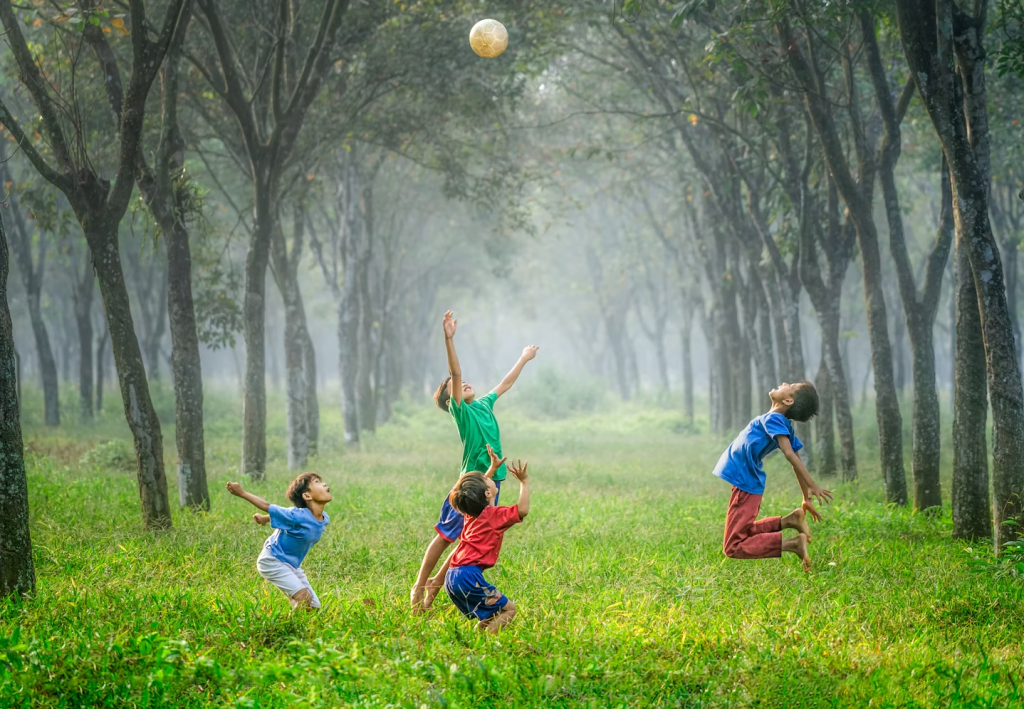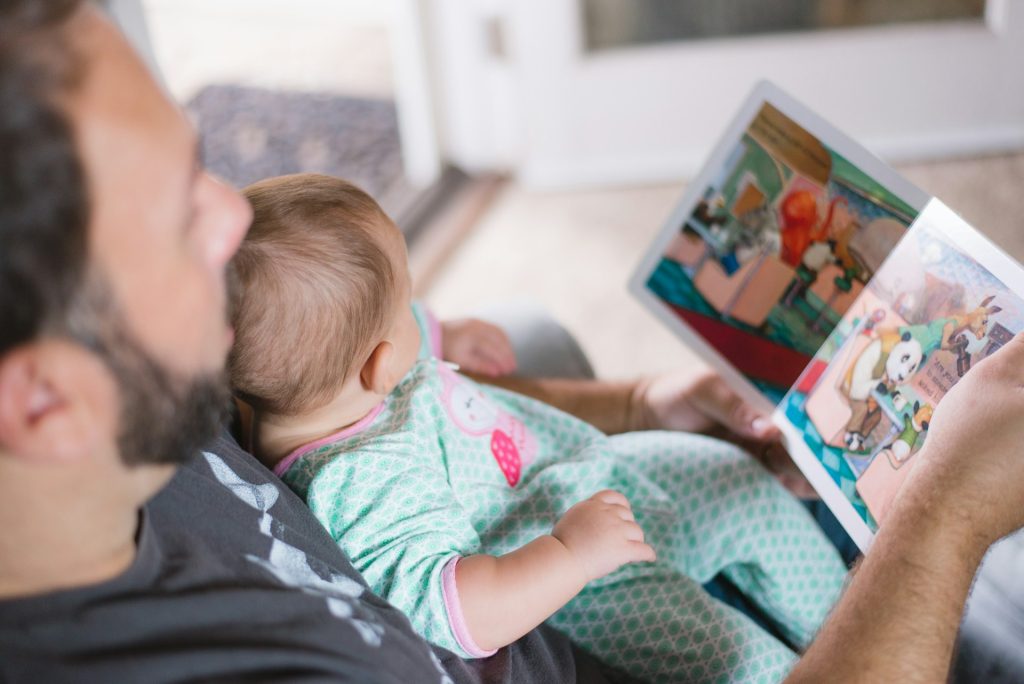Child development is a fascinating journey filled with numerous milestones. As children grow, they acquire skills in areas such as speech, language, cognition, and physical abilities. These developmental milestones are integral to their overall growth, shaping how they communicate, think, understand the world, and interact physically with their surroundings.
This article delves into the typical milestones at different stages of childhood, from newborns to school-age children, providing a comprehensive overview of what to expect as children grow and develop.

1. Social and Emotional
Social and emotional development is a crucial aspect of a child’s overall growth. It encompasses a child’s ability to understand the feelings of others, control their own emotions and behaviors, get along with other children, and build relationships with adults. This development begins from infancy and continues throughout childhood.
- Newborns: Makes eye contact, smiles, responds to familiar voices.
- Toddlers: Shows affection, plays with other children, expresses emotions appropriately, follows simple rules.
- Preschoolers: Shows empathy, plays cooperatively, dresses independently, separates from caregivers comfortably.
- School-age children: Develops friendships, manages emotions effectively, follows rules at school and home.
2. Speech and Language
Speech and language skills are fundamental to communication, learning, and social interactions. These abilities evolve as a child grows, starting from basic cries and coos in infancy to complex sentences and storytelling in school-age children.
- Newborns: Cries differently for different needs, coos and gurgles.
- Toddlers: Uses single words, understands simple commands, points to objects they want.
- Preschoolers: Speaks in sentences, asks questions, understands most conversations.
- School-age children: Holds conversations, tells stories, uses complex sentences, reads and writes with understanding.
3. Cognitive
Cognitive development refers to how children perceive, think, and gain an understanding of their world through the interaction of genetic and learned factors. From tracking objects with their eyes as newborns to solving complex problems as school-age children, cognitive skills play a vital role in a child’s development.
- Newborns: Tracks objects with their eyes, reaches for and grasps toys.
- Toddlers: Solves simple problems, sorts objects by shape or color, pretends play.
- Preschoolers: Counts objects, recognizes letters and numbers, understands basic concepts like time and money.
- School-age children: Learns new concepts quickly, remembers information, follows instructions, solves more complex problems.
4. Physical
Physical development involves both gross motor skills, such as walking and jumping, and fine motor skills, including holding a spoon or writing with a pencil. As children grow, they acquire new physical abilities that help them explore and interact with the world around them.
- Newborns: Rolls over, holds head up, responds to touch.
- Toddlers: Walks, climbs stairs, uses utensils, dresses with help.
- Preschoolers: Runs, jumps, hops, skips, dresses independently.
- School-age children: Rides a bike, throws and catches a ball, writes with good control, has good balance and coordination.

Conclusion
Childhood is a time of rapid growth and development, with children constantly learning and mastering new skills. From uttering their first words as babies to solving complex problems as school-age children, each stage is crucial to their overall cognitive, physical, and linguistic development. Understanding these milestones can help parents support children’s growth effectively and ensure they are on track. However, it’s important to remember that every child is unique and may reach these developmental milestones at their own pace.

